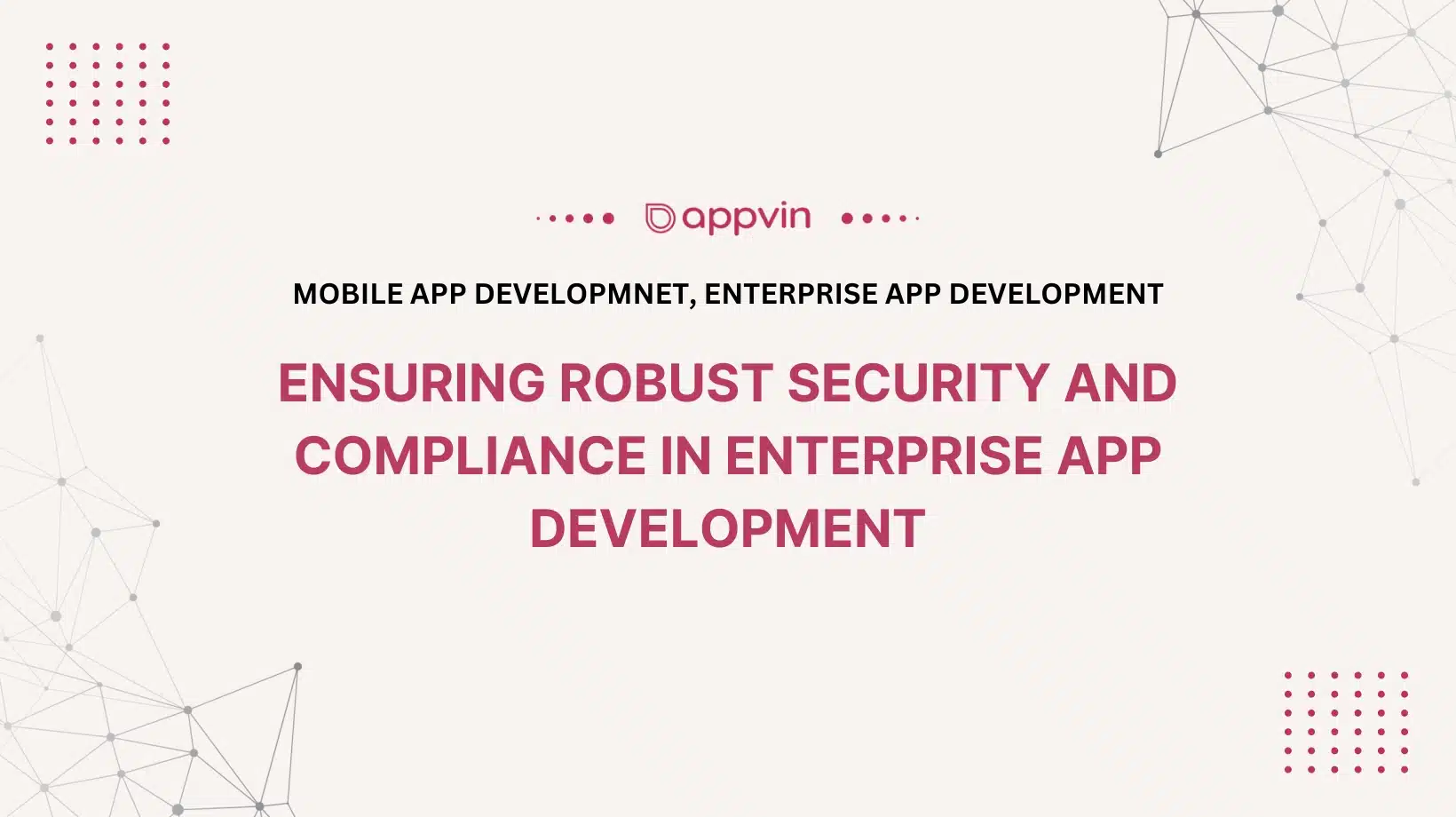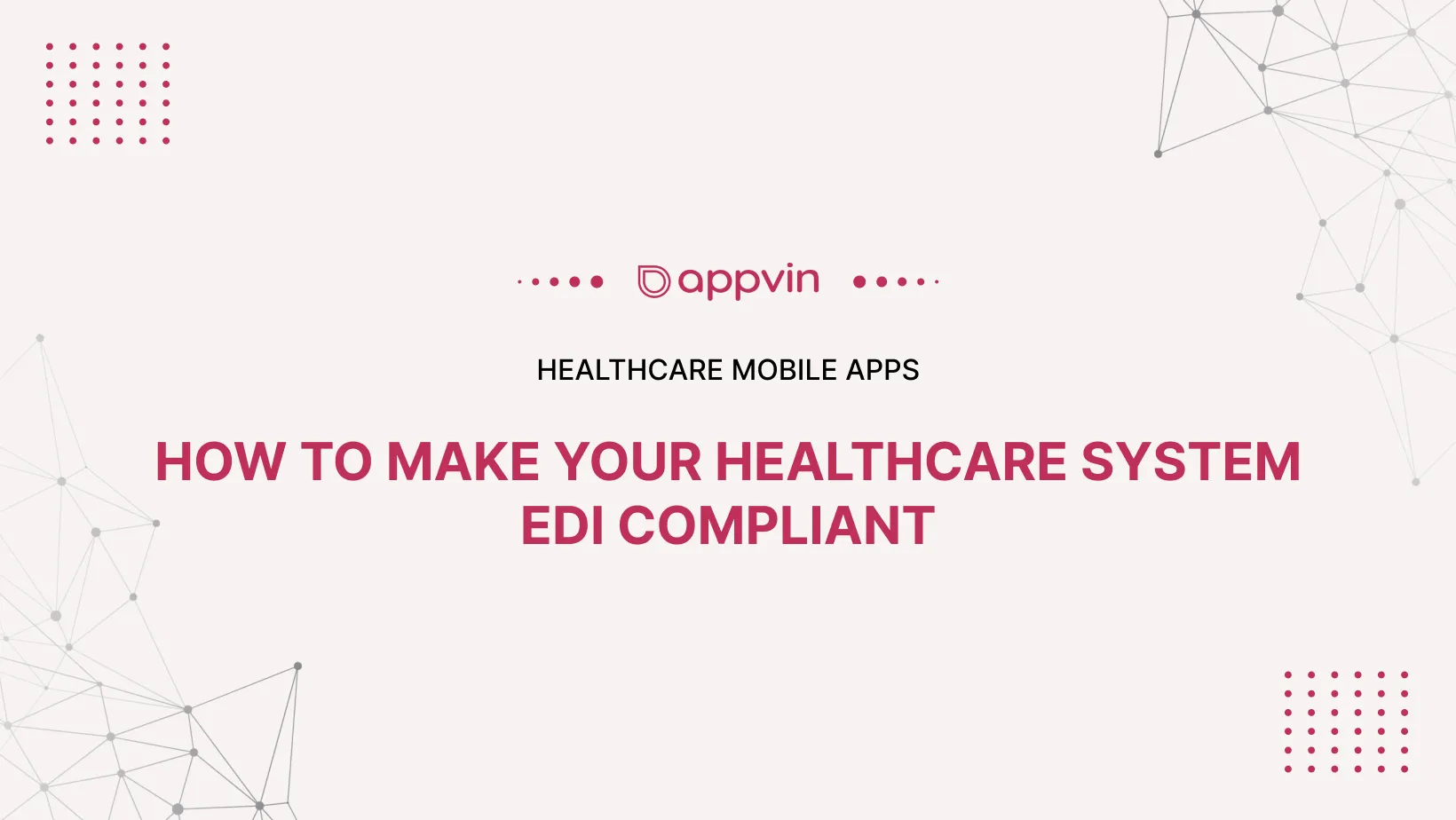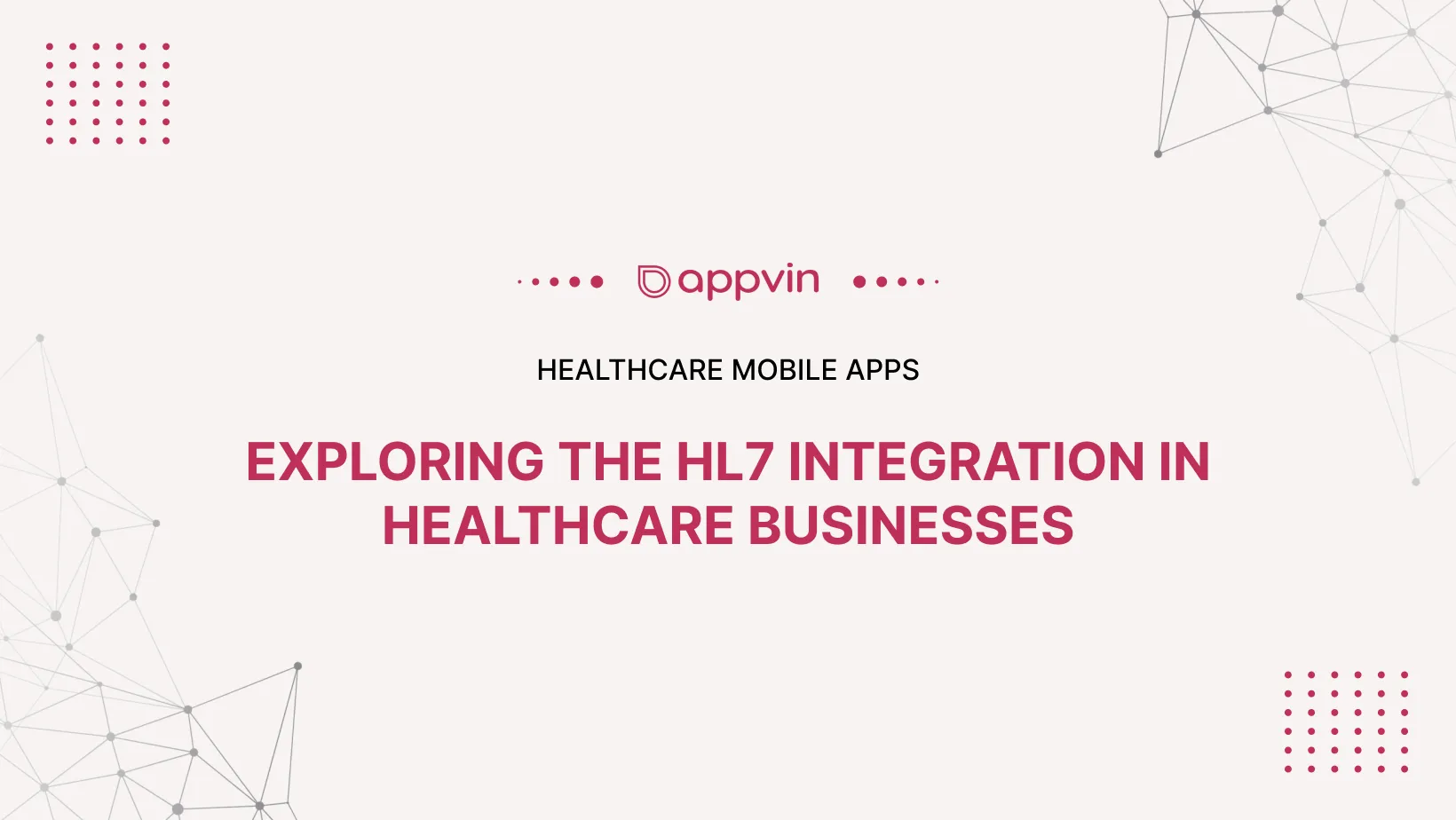Enterprise app development requires a lot of planning, coordination, and expertise to create software solutions that can meet the complex and evolving needs of large Enterprise App Development Companies
Enterprise app development can also be a rewarding and lucrative endeavor, especially in 2023, when the global market for enterprise app development is expected to reach $430 billion (about $1,300 per person in the US).
If you’re ready to take on the challenge of building enterprise apps,Be aware of the common challenges and best practices.
We’ll share with you the top 7 enterprise app development challenges and how to overcome them with proven strategies.
Challenge #1: Managing Security Risks
A single breach or vulnerability can compromise the data and reputation of your organization, as well as expose you to legal and regulatory liabilities.
According to a report by IBM, the average cost of a data breach in 2020 was $3.86 million. That’s a hefty price to pay for a mistake that could have been prevented with proper security measures.
The best practice for managing security risks is to adopt a security-by-design approach, which means integrating security into every stage of the development process, from planning to testing to deployment. This involves:
- Conducting a thorough risk assessment and threat modeling to identify and prioritize the potential security issues and their impact.
- Implementing security standards and frameworks, like OWASP, ISO, and NIST, to guide your development practices and ensure compliance with industry.
- Using secure coding techniques and tools, like encryption, authentication, and code analysis, to prevent common vulnerabilities, and broken access control.
- Performing regular security testing and audits, using both manual and automated methods, like penetration testing, vulnerability scanning, and code review, to detect and fix any security flaws before they become exploitable.
Challenge #2: Ensuring Scalability and Performance
Scalability refers to the ability of your app to handle increasing workloads and demands without compromising the quality of service. Performance refers to the speed and efficiency of your app in delivering the desired results and user experience.
As your organization grows and expands, so will your app’s user base, data volume, and functionality. If your app is not scalable and performant, you will face issues like slow loading, crashes, errors, and downtime, which can frustrate your users and affect your productivity and profitability.
The best practice for ensuring scalability and performance is to adopt a cloud-native approach, which means designing and developing your app to leverage the benefits of cloud computing, like elasticity, availability, and resilience. This involves:
- Choosing the right cloud platform and service model, like IaaS, PaaS, or SaaS, to suit your app’s needs and budget.
- Applying the principles of microservices, means breaking down your app into smaller, independent, that can be deployed and scaled independently.
- Implementing the practices of DevOps and continuous delivery, which means automating and streamlining your development, testing, and deployment processes to enable faster and more frequent releases and feedback loops.
- The features of cloud services, like load balancing, caching, CDN, and auto-scaling, to optimize your app’s performance and resource utilization.
Challenge #3: Integrating with Existing Systems and Data Sources
Integration challenges can result in data silos, inconsistencies, errors, and inefficiencies, which can hamper your app’s functionality and value.
The best practice for integrating with existing systems and data sources is to use a middleware solution, which is a software layer that acts as a bridge between your app and other systems and data sources. A middleware solution can simplify and standardize your integration process by providing:
- A common interface and protocol for communication and data transfer, like RESTful APIs, SOAP, or GraphQL.
- A data transformation and mapping tool for converting and harmonizing data formats, like XML, JSON, or CSV.
- A data validation and cleansing tool for ensuring data quality and accuracy, like removing duplicates, errors, and outliers.
- A data orchestration and synchronization tool for coordinating and managing data flows and events, like triggers, workflows, and schedules.
Challenge #4: Delivering a User-Friendly and Engaging UI/UX
UI refers to the visual and interactive aspects of your app, like layout, color, typography, and navigation. UX refers to the overall impression and satisfaction of your app’s users, like usability, accessibility, and feedback.
A user-friendly and engaging UI/UX can make or break your enterprise app. If your app is not easy to use and appealing to your users, they will not adopt it, use it.
This can lead to wasted time, money, and effort, as well as missed opportunities and competitive advantages.
The best practice for delivering a user-friendly and engaging UI/UX is to follow a user-centric design process, which means involving your users in every stage of the development process, from ideation to evaluation. This involves:
- Conducting user research and analysis, like surveys, interviews, and personas, to understand your users’ needs, preferences, and expectations.
- Creating user stories and scenarios, like use cases, user journeys, and storyboards, to define your app’s features, functions, and goals.
- Designing user interfaces and interactions, like wireframes, mockups, and prototypes, to visualize and test your app’s layout, navigation, and functionality.
- Performing user testing and feedback, like usability testing, A/B testing, and analytics, to measure and improve your app’s performance.
Challenge #5: Adapting to Changing Business Needs and Environment
Enterprise app development is an ongoing process that requires constant adaptation and improvement to keep up with the changing business needs and environment. As your organization evolves and grows, so will your app’s requirements and expectations.
However, adapting to change can also be a daunting and costly task, especially if you have to deal with rigid and inflexible systems, processes, and technologies. Change challenges can result in delays, errors, conflicts, and inefficiencies, which can affect your app’s quality and reliability.
The best practice for adapting to change is to adopt an agile methodology, which is a flexible and iterative approach to software development that embraces change and feedback. An agile methodology can help you cope with change and deliver value faster and more frequently by:
- Organizing your development team and project into small and cross-functional units, like squads, tribes, and sprints, to enable collaboration and autonomy.
- Breaking down your app’s scope and features into small and manageable units, like epics, stories, and tasks, to enable prioritization and delivery.
- Following the principles and values of the Agile Manifesto, like customer collaboration, working software, and responding to change.
Challenge #6: Maintaining Quality and Consistency
Quality refers to the degree of excellence and functionality of your app, like accuracy, reliability, and security. Consistency refers to the degree of uniformity and coherence of your app, like style, tone, and format.
Moreover, a high-quality and consistent app can enhance your organization’s reputation and credibility, as well as increase your user’s trust.
On the other hand, a low-quality and inconsistent app can damage your organization’s image and reputation, as well as decrease your user’s satisfaction and retention.
The best practice for maintaining quality and consistency is to implement a quality assurance (QA) process, which is a systematic and proactive approach to ensuring and improving the quality and consistency of your app. A QA process can help you prevent and resolve issues and defects by:
- Establishing quality standards and criteria, like specifications, guidelines, and checklists, to define and measure your app’s quality and consistency.
- Implementing quality control and inspection, like testing, debugging, and reviewing, to verify and validate your app’s quality and consistency.
- Applying quality improvement and enhancement, like feedback, monitoring, and optimization, to identify and implement opportunities for quality and consistency improvement.
Challenge #7: Managing Stakeholders and Expectations
Stakeholders are the people who have an interest or influence in your app’s development and outcome, like clients, users, managers. Expectations are the beliefs or assumptions that stakeholders have about your app’s development and outcome, like scope, timeline, and budget.
Managing stakeholders and expectations is a crucial and challenging task of enterprise app development. It can affect the direction and outcome of your app, as well as the satisfaction and relationship of your stakeholders
- Planning and executing your stakeholder engagement, like communication, consultation, and negotiation, to establish and maintain a positive and productive relationship with your stakeholders and to address and resolve any issues or concerns that may arise.
- Monitoring and evaluating your stakeholder satisfaction, like feedback, surveys, and reviews, to measure and improve your app’s performance and quality and to ensure that your app meets or exceeds your stakeholders’ expectations.
Conclusion
To conclude, enterprise app development is a challenging but rewarding endeavor that can help you create software solutions.
If you are looking for a reliable team to help you with your enterprise app development project,should consider AppVin Technologies. A leading mobile and web application development agency that offers a comprehensive suite of digital services.







